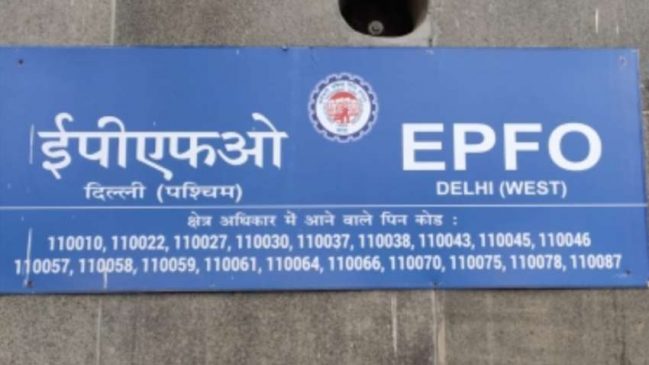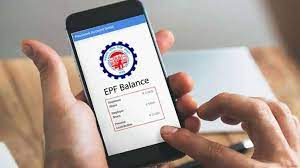The Employees’ Provident Fund Organisation (EPFO) has raised the one-time withdrawal limit for provident fund (PF) accounts to Rs 1 lakh, doubling the previous limit of Rs 50,000.
Union Labour and Employment Minister Mansukh Mandaviya announced this update during a press briefing on Tuesday, September 17.
“If you are an EPFO contributor and there’s a family emergency, you can now withdraw a higher amount. The one-time withdrawal limit has been raised,” said Mandaviya.
Also Read : Becoming a non-resident: Essential checklist for income tax and FEMA compliance
Employees’ Provident Fund Organisation is a statutory body under the Ministry of Labour and Employment in India.
The EPFO manages the provident fund, pension, and insurance schemes for the organised sector employees in India, primarily through the Employees’ Provident Fund (EPF) scheme.
Mandaviya also announced another key update: the government has relaxed the rules, allowing employees to leave their jobs within the first six months of starting a new position.
He explained that the decision aims to offer greater financial flexibility to contributors in times of urgent need.
“Previously, you had to wait longer, but now, PF contributors can withdraw even in the first six months… it’s their money,” he said, adding that these updates were introduced within the first 100 days of the new government’s term.
Mandaviya highlighted the government’s efforts to enhance EPFO operations, aiming to minimise challenges for subscribers.
Also Read : Mukesh Ambani offers 1-Year free Jio AirFiber, But there’s a catch
He announced the introduction of a new digital framework that simplifies the withdrawal process, ensuring faster access to funds.
When Can You Withdraw PF?
Medical emergencies
Marriage
Education
In case of unemployment
Home renovation etc.
How To File Advance Claims In EPFO?
Subscribers can file for an ‘advance’ withdrawal through the EPFO’s unified portal at unifiedportal-mem.epfindia.gov.in.
Following submission, the claim is forwarded to the employer for approval. Upon approval, the amount is credited to the subscriber’s account.





































